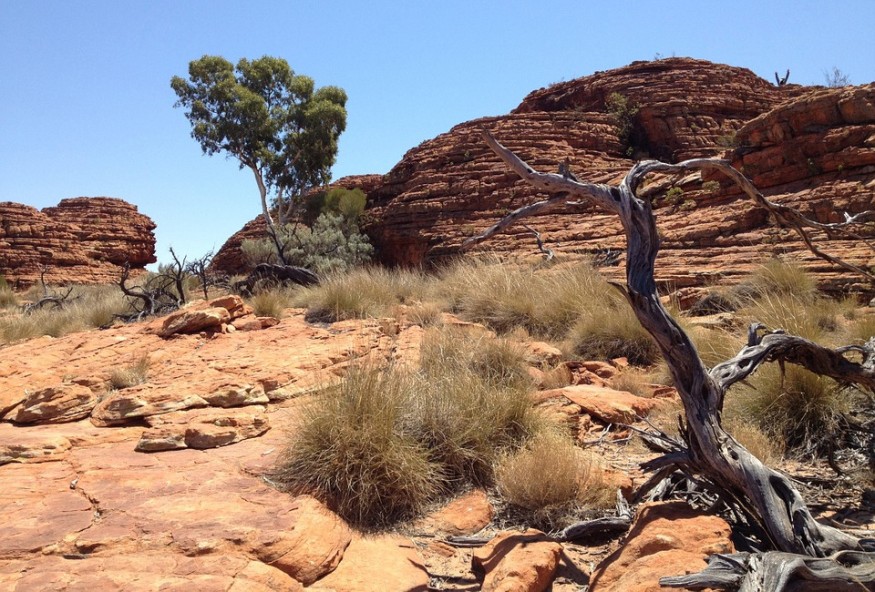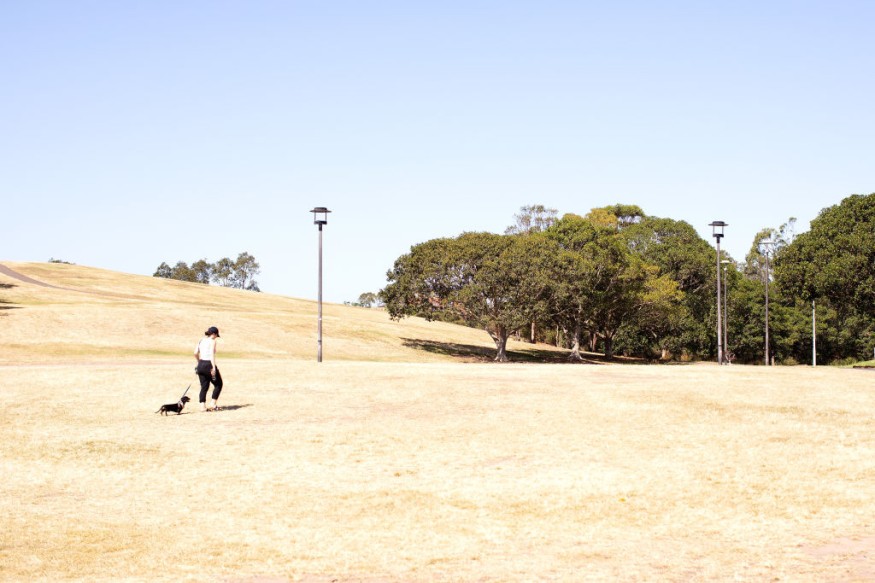Despite official figures suggesting that Australia's greenhouse gas emissions are declining, after factors beyond the federal government's influence are considered, such as deforestation and emissions from soil and forestry, Australia's exposure to the climate crisis has risen over the last 15 years.

According to Scott Morrison, Australia has cut its emissions by 19 percent since 2005, who spoke at a climate leaders summit organized by US Vice President Joe Biden last month. That was "better than any most comparable countries" have achieved, according to the prime minister, and the nation was "on the road to net-zero."
Pollution Decline

According to the Australia Institute, the decline in pollution over the past 15 years was mainly attributed to two global disruptions outside government influence - the drought and the pandemic - as well as most historical shifts in the volume of CO2 emitted from soil and forests.
Before Covid-19, fossil fuel and other emissions unrelated to the land or agriculture industries - those from energy, manufacturing, mining, transportation, and landfill - rose by 7%.
On this basis, the institute discovered that Australia has done much less to curb pollution than most comparative nations, including the United States, the United Kingdom, and European Union members.
Related Article : Climate Change Concerns Make Funding Australia's Fossil Fuel Industry Projects Difficult
"Did Not Add Up"

The institute's climate and energy director, Richie Merzian, said the findings showed the Morrison government's statements that Australia was on pace to reach its 2030 carbon goals (a 26-28 percent reduction) and was doing better than anyone "did not add up."
He said that carbon reductions from solar and wind power had been overshadowed by rises from big business and transportation. Federal initiatives that had aided the development of clean energy pre-dated the Coalition's election in 2013.
Merzian said, "The blunt reality is that the Australian economy has not decarbonized over the last 15 years." "Perhaps this explains why the Australian government has been unable to agree to a net-zero goal while the economy is in a downward spiral."
Bigger Picture

Last week, the Australia Institute delivered its findings to officials from nearly 50 diplomatic missions in Canberra, in an effort, according to Merzian, to prove that Morrison's claim that his government was working more aggressively on climate change was "not the full picture."
"A strong interest in understanding Australia's climate position," Merzian said, "especially because Morrison went out of his way to compare us favorably to other countries."
He said that the government's argument that Australia was reducing pollution was based on improvements in CO2 trade between the atmosphere, soil, and forests.
According to the institute's study, pollution from forest degradation in Queensland peaked in 2005 and then declined in subsequent years. Emissions have decreased as a result of the global financial crisis hastened a systemic downturn in native forestry. Neither occurred as a result of federal climate policy.
G7

All G7 nations have increased their climate pledges for the next decade, indicating that significant carbon cuts are now needed if the world wants to meet the Paris Agreement's targets.
Morrison's refusal to follow suit has had consequences. He was refused a speaking spot at a global climate ambition summit in December for failing to make new promises. Boris Johnson, the British prime minister, and the Biden administration have made it known that they want Australia to do better. The EU is working on a carbon border tax that isn't targeted at Australia but may have an effect, which is seen as a model for what other countries could do.
The G7 has vowed to end all coal funding from abroad. According to a new study released last week by the International Energy Agency, the world's ability to reach the Paris obligations is "narrow and highly demanding." It does not necessitate any major coal, oil, or gas investments to begin with.
For more news about Environmental Action, don't forget to follow Nature World News!
© 2025 NatureWorldNews.com All rights reserved. Do not reproduce without permission.





